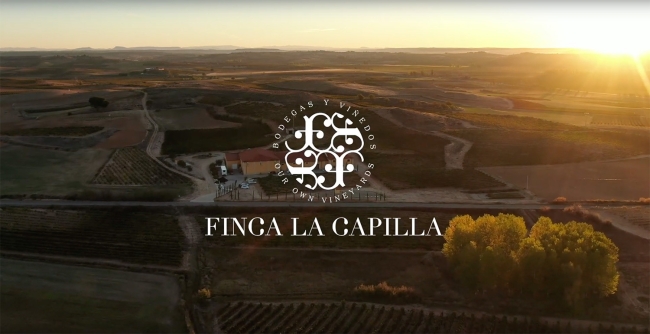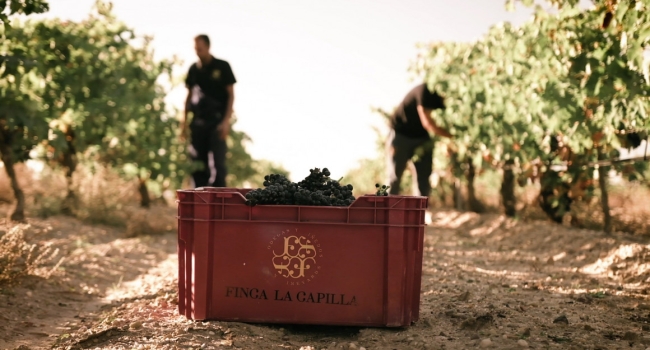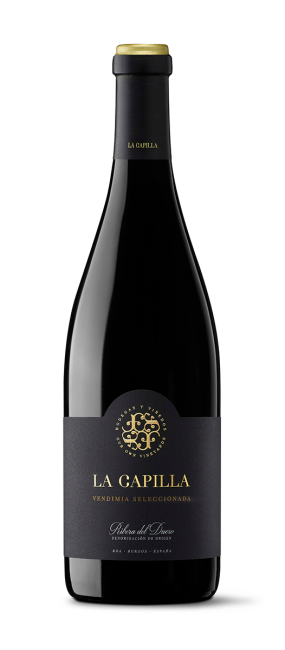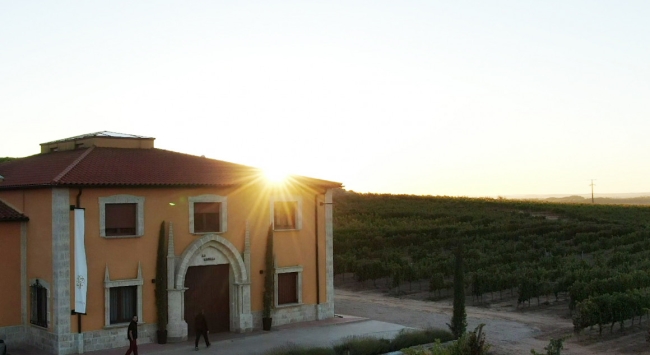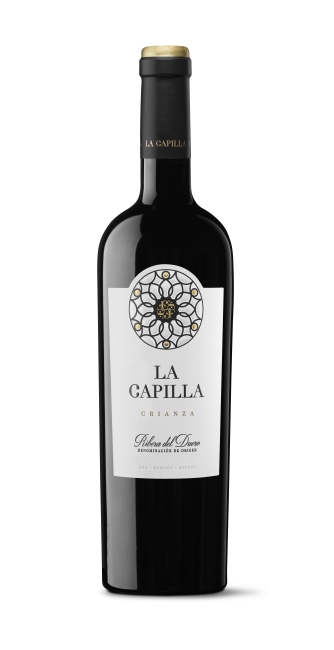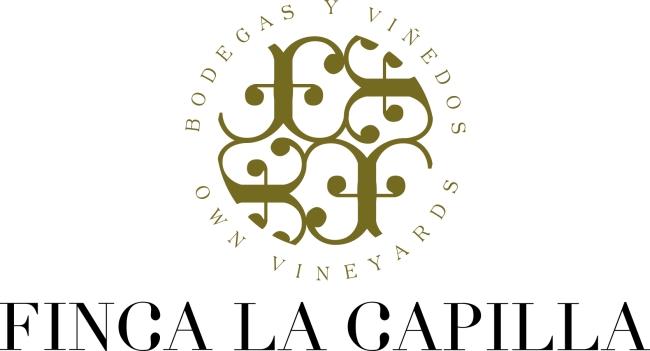
Story
THE HISTORY
Finca La Capilla was founded in 1998 as Bodegas Robeal by Juan Miñón, with his son Rodrigo Miñón García serving as technical director and winemaker. 160 acres of Tempranillo were originally planted across the municipalities of Roa de Duero, Anguix, La Horra, and Fuentecén, and a 2,000-barrel winery was constructed in Roa de Duero, the hub of the Ribera del Duero denomination.
In 2019, the esteemed Rioja winery Marqués de Cáceres took control of the winery. Rodrigo Miñón, a specialist of the Ribera del Duero terroir who helped his father plant the vineyards, was retained as winemaker. Bodegas Finca La Capilla can count on the experience of the Forner family, developed in its Bordeaux Grand Cru Classé, its Rioja and Rueda wineries, and in international markets. The project also has the backing of its winery professionals in Rioja who have demonstrated their ability to consolidate highly dynamic excellence and international prestige.
THE TERROIR
After several years of surveying among the best villages and vineyards, Bodegas Finca La Capilla encompasses several plots in a single vineyard of about 125 acres that will be expanded in the short term with a new planting project of 25 acres. The vineyard is distributed between La Horra, Anguix, and Roa, an area of recognized prestige within the denomination, to which Tempranillo is perfectly suited.
It is true that the characteristics of the area are at the limit of vinegrowing conditions: an average altitude of over 2,600 ft, extremely cold and harsh winters, and very hot and dry summers. The plots enjoy a period of slow and complete ripening, with diurnal temperature variations of over 68°F. These conditions favor the harvesting of grapes that are rich in powerful tannins, full of color, and contain an excellent polyphenolic structure.
The plots are divided and categorized by their qualitative potential according to the type of final wine and reflect several physiological parameters evaluated previously: orientation, topography, date of plantation, rootstock, etc. A fundamental criterion, given more consideration during zoning and selection, is the type of soil. The vineyards contain a high heterogeneity of soils with high vinegrowing potential, predominately old soils from the Tertiary period that are poor and contain low levels of organic matter. Their sandy loam texture provides very good aeration and drainage conditions.
The winery puts the vines and the selection of grapes first, which requires constant commitment and intense efforts to identify the best plots according to the weather conditions, soil quality, age of the vineyard, and productive yields. Only these unremitting efforts can enhance the potential of the vines and obtain the essential raw material that goes into great wines. The different categories of wines must come from discriminating grape selections, vinification processes, and aging to achieve the greatest expressiveness of each plot and therefore the uniqueness of the wines.
Our Wines
| Crianza |
| Valnogal Roble |
Gallery
